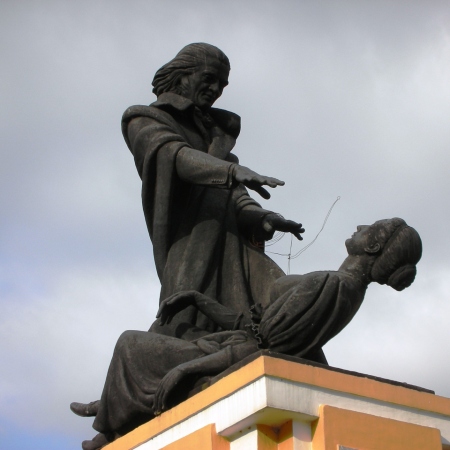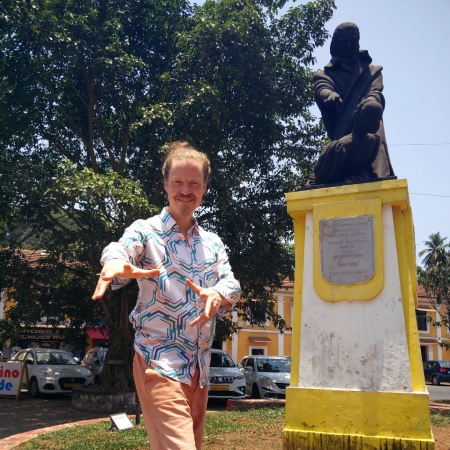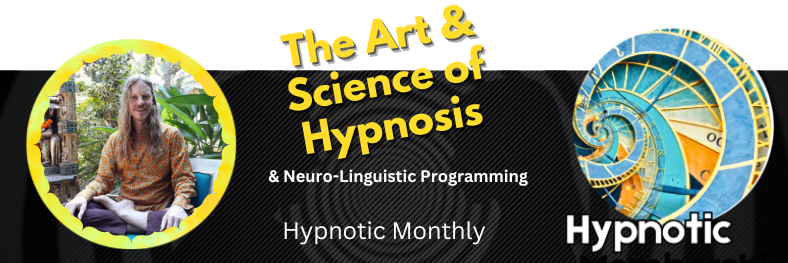
When we think of the history of hypnosis and it’s beginnings, the name Franz Anton Mesmer (the creator of Mesmerism) and James Braid the person who coined the term ‘Hypnosis’ often comes to mind. But between these two was Abbé Faria, a figure whose contributions have been overshadowed… It was he that laid the foundation for the science of suggestion.
While Franz Mesmer and James Braid are often credited as the pioneers of hypnotism, it was Abbé Faria, a Goan priest, who first unlocked the power of suggestion.
Abbé Faria Departure from Magnetism
Abbé Faria, an Indo-Portuguese priest, was born in Goa, India in 1756 and moved to Paris at 32. Where he witnessed the height of Mesmer’s ‘Animal Magnetism’ craze. Mesmer believed that a universal fluid, a magnetic force, could be manipulated to induce trances and heal ailments. Abbé Faria, however, saw a different truth… one that would later be picked up by James Braid.
Abbé boldly challenged Mesmer‘s theories… arguing that the power lay not in external forces, but within the subjects themselves. He recognized that the ‘trance state’ was a product of the individual’s own mind, driven by their expectations and susceptibility to suggestion.
The Power of Suggestion
Faria’s approach was revolutionary. He demonstrated that the ‘power of suggestion’, rather than a ‘magnetic fluid’, was responsible for the observed phenomena…
Dispensing with Mesmer’s elaborate rituals (non-verbal hypnosis) and focusing on verbal commands, he emphasizing the power of the subject’s imagination. He demonstrated that individuals could enter a trance state simply by focusing their attention and responding to his suggestions.
Abbé Faria’s demonstrations were very different from Mesmer. He would simply ask his subjects to close their eyes and focus their attention. Unlike Mesmer, who relied on magnets (or Lodestones), iron rods and dramatic gestures… Faria’s tools were his voice and the power of suggestion. He would then proceed to guide his subjects into a state of ‘lucid sleep,’ proving that the power resided within the individual, not in any external force.
Abbé moved away from the idea of an outside force, and into the idea of the power of the mind. He called his method ‘lucid sleep’ highlighting the subject’s conscious participation in the process.
He showed that the subject was not a passive recipient… rather an active participant in the hypnotic process. This contradicted Mesmer’s view, which portrayed individuals as being manipulated by an external ‘magnetic fluid’.
The term ‘lucid’ implied a degree of consciousness and awareness even within the altered state. This also challenged the prevailing notion of a deep, unconscious trance. Faria recognized that the subject’s mind remained engaged, capable of focused attention and responsiveness.
By focusing on ‘sleep’, Faria drew attention to the internal psychological processes involved. He sought to demystify the phenomenon, presenting it as a natural function of the mind, rather than a supernatural occurrence.
Abbé Faria Legacy Overlooked

Despite his groundbreaking work, Faria’s contributions were largely ignored during his lifetime… Mesmer was the showman and his dramatic performances captured the public’s imagination, while Faria’s more scientific approach was seen as less sensational.
However, his ideas eventually gained traction… and it was Scottish surgeon James Braid who built upon Abbé’s ideas and coined the term ‘hypnosis’. Braid’s focusing on the subject’s attention and suggestibility echoed Faria’s earlier insights.
Why Abbé Faria Matters Today
Abbé Faria challenged prevailing beliefs and paved the way for a more accurate understanding of hypnosis.
His emphasis on the power of suggestion and the subject’s active role in the trance state remains central to modern hypnotic practice. He helped move the field toward a legitimate science.
This a forgotten pioneer challenged the dogma and brought his insights to the scientific communities making a lasting impact.


